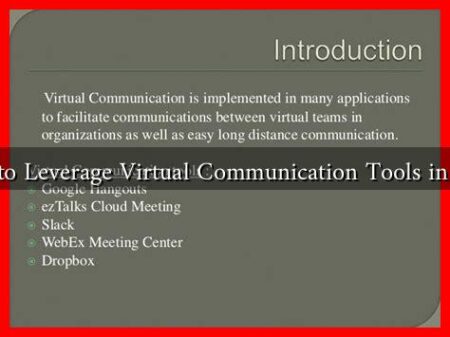-
Table of Contents
- XenServer Optimization for Citrix Virtual Apps
- Why Optimize XenServer for Citrix Virtual Apps?
- Best Practices for Optimizing XenServer for Citrix Virtual Apps
- 1. Allocate Sufficient Resources
- 2. Enable Hardware Virtualization Support
- 3. Use High-Performance Storage
- 4. Optimize Network Configuration
- 5.
. Update XenServer and Citrix Virtual Apps Regularly
- Case Study: Optimizing XenServer for Citrix Virtual Apps
- Conclusion
XenServer Optimization for Citrix Virtual Apps
As organizations increasingly rely on virtualization technologies to streamline their IT infrastructure, optimizing performance becomes crucial. Citrix Virtual Apps, formerly known as XenApp, is a popular application virtualization solution that allows users to access applications from any device. When running Citrix Virtual Apps on XenServer, it is essential to optimize the environment to ensure smooth operation and maximum efficiency.
Why Optimize XenServer for Citrix Virtual Apps?
Optimizing XenServer for Citrix Virtual Apps can lead to improved performance, increased scalability, and better resource utilization. By fine-tuning the configuration settings, administrators can enhance the user experience, reduce latency, and minimize downtime. Additionally, optimization can help lower operational costs and ensure that the virtualized applications run smoothly even under heavy workloads.
Best Practices for Optimizing XenServer for Citrix Virtual Apps
1. Allocate Sufficient Resources
- Ensure that the XenServer host has enough CPU, memory, and storage resources to support the virtualized applications.
- Monitor resource usage regularly and adjust allocations as needed to prevent bottlenecks.
2. Enable Hardware Virtualization Support
- Enable hardware virtualization support in the BIOS of the host server to improve performance and compatibility.
- Check that the virtualization extensions are enabled in the XenServer settings.
3. Use High-Performance Storage
- Utilize fast storage technologies such as SSDs or NVMe drives to reduce latency and improve application responsiveness.
- Implement storage optimization techniques like thin provisioning and deduplication to save space and enhance performance.
4. Optimize Network Configuration
- Configure network settings to ensure adequate bandwidth and low latency for Citrix Virtual Apps traffic.
- Implement Quality of Service (QoS) policies to prioritize Citrix traffic over other network traffic.
5. Update XenServer and Citrix Virtual Apps Regularly
- Keep XenServer and Citrix Virtual Apps up to date with the latest patches and updates to ensure security and performance improvements.
- Test updates in a non-production environment before deploying them to production to avoid compatibility issues.
Case Study: Optimizing XenServer for Citrix Virtual Apps
Company XYZ, a multinational corporation, implemented Citrix Virtual Apps on XenServer to provide remote access to critical business applications. By following best practices for optimization, they were able to achieve a 20% increase in application performance and a 15% reduction in support tickets related to application slowdowns. The IT team regularly monitored resource usage and fine-tuned the configuration settings to maintain optimal performance levels.
Conclusion
Optimizing XenServer for Citrix Virtual Apps is essential for ensuring a seamless user experience, maximizing resource utilization, and reducing operational costs. By following best practices such as allocating sufficient resources, enabling hardware virtualization support, using high-performance storage, optimizing network configuration, and keeping software up to date, organizations can achieve optimal performance and scalability. Implementing these optimization strategies can lead to improved productivity, enhanced security, and better overall performance of virtualized applications.





